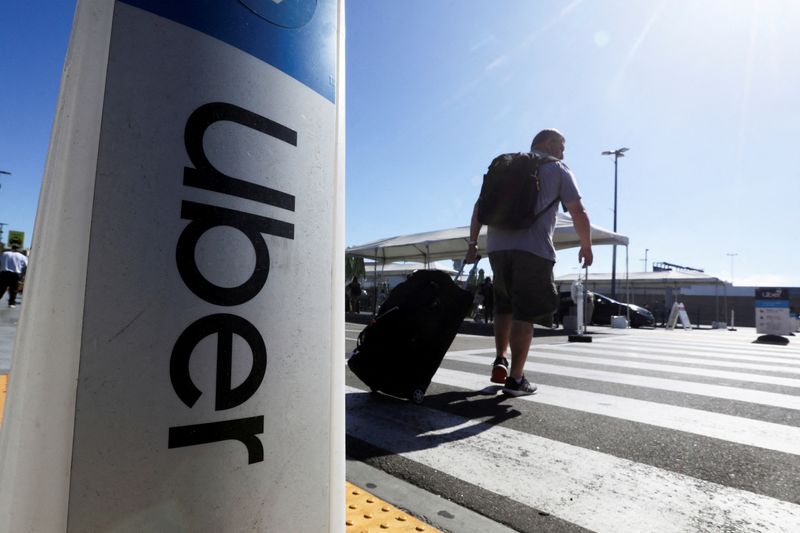Investing.com’s stocks of the week
Investing.com -- Robotaxis are unlikely to see significant usage before 2027, as operational costs, regulatory hurdles, and the slow pace of scaled commercialisation limit near-term adoption, Jefferies said in a note.
Jefferies noted that the industry will likely rely on partnerships with rideshare platforms like Uber Technologies (NYSE:UBER) and Lyft Inc (NASDAQ:LYFT) to achieve economic viability. However, these collaborations remain in early stages and scaled partnerships are distant.
“Robotaxis will eventually face costs of ~$1.20 per mile-excluding regulatory costs, which equates to $17 per trip after assuming a 35% utilization rate, 5 miles per trip, and ~300k miles per vehicle. This compares to our estimate for comparable rideshare costs of $15 per trip (insurance + driver), which limits the ability for robotaxis to undercut on price,” Jefferies analyst said.
Alphabet (NASDAQ:GOOGL) Inc’s Waymo remains the U.S. leader in AV technology, thanks to its early investments, robust funding, and partnerships with automakers, but needs to prove it can operate more safely than traditional rideshare services. In contrast, Tesla (NASDAQ:TSLA) Inc’s Full Self-Driving system lags behind competitors with advanced Level 4 (L4) capabilities already in operation, the note said.
A federal approval process for robotaxis could emerge under a Trump administration, Jefferies added, citing the need to streamline patchwork regulations across states. This could position the U.S. to catch up with China, where a centralized framework accelerates AV adoption.
General Motors (NYSE:GM) Co’s recent decision to halt robotaxi development underscores the challenges of scaling autonomous vehicle operations.
